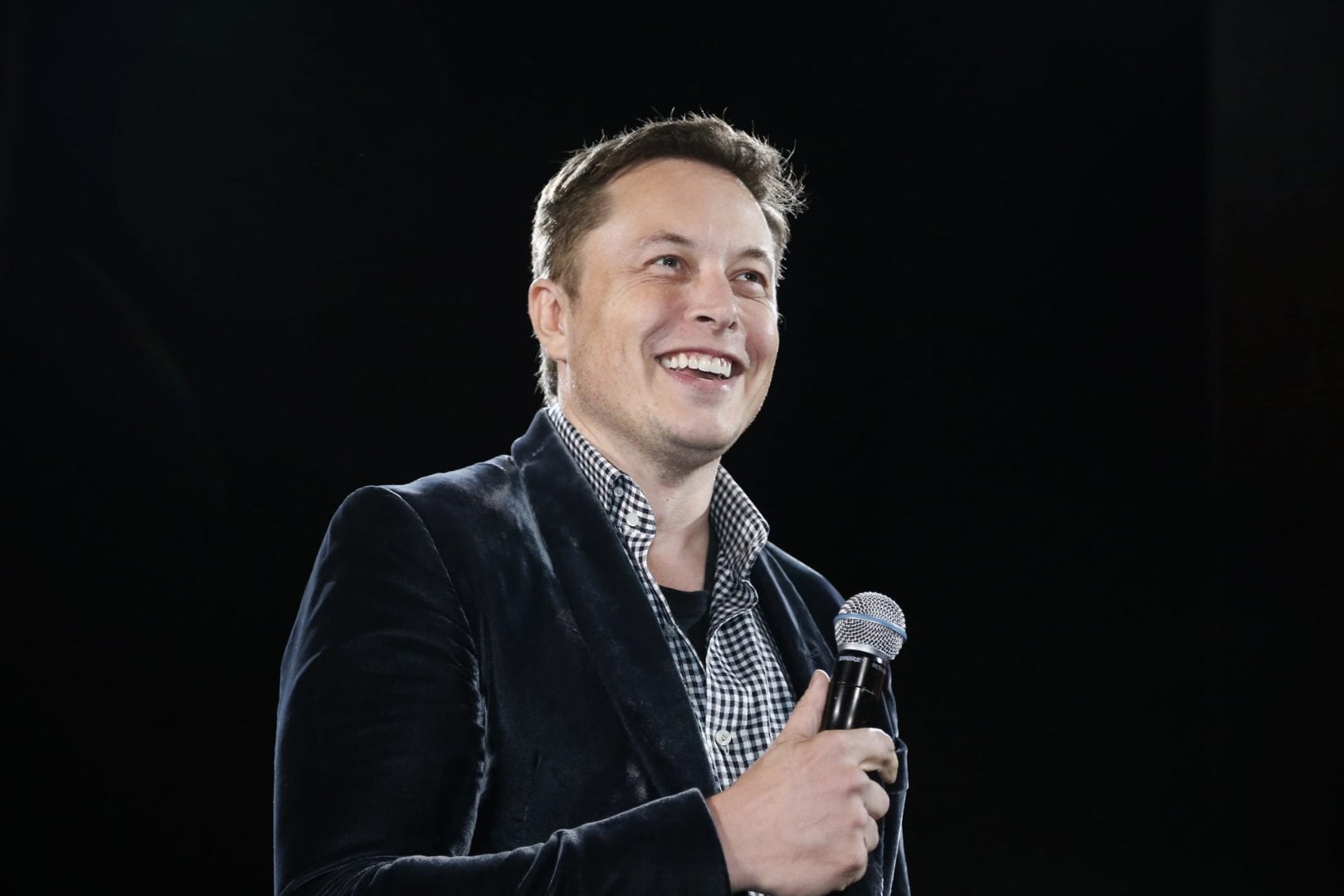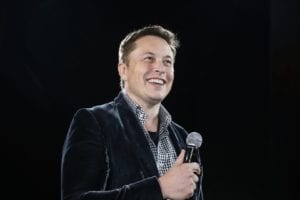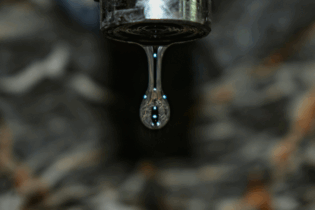
Tesla Motors Inc CEO Elon Musk.
This project, which will rely on a vast network of tunnels, will be undertaken by Musk’s infrastructure and tunnelling company, The Boring Company.
A
brief concept video posted to YouTube shows a red Tesla vehicle amid gridlocked traffic. The ‘game changer’ appears in the form of a futuristic metal elevator that lowers the car underground onto a road network in which individual cars are transported at high speeds on metal trolley-like platforms between destinations – doing away with traffic and associated collisions.
“As with most radical innovations today, science fact was once science fiction,” Aurecon’s chief innovation officer John McGuire said. “If we’re going to help design the future of transport, we have to be able to envision it.”
Is Musk’s vision possible?
Aurecon’s tunnelling expert Tom Ireland weighed in on whether Musk’s futuristic vision was really possible.
“Musk’s futuristic tunnel system is ambitious and innovative,” Ireland said.
He added that many of the world’s largest cities have reached their capacity to absorb new infrastructure ‘on the ground’ and are now looking at solutions – both above and below the ground – to overcome mobility challenges.
“Navigating through long-established built form can be technically and aesthetically challenging, so creating below the ground transport networks such as underground rail and road tunnels is high on many cities agendas, and these projects are currently transforming cities around the world,” he explained.
“Going underground makes sense and many cities have vast tunnel networks beneath heavily populated areas, for example, the London Underground – so we know it can work,” he added. “His [Musk’s] vision presents an exciting alternative to our gridlocked present.”
Ireland said a project of this scale would transform the face of transport as we currently know it. However, he indicated cost as a major barrier for this project, but added that the multimodal solutions must be on the table for some of the world’s largest cities.
Tunnelling costs
Ireland explained that historically, there are three elements that make up the cost of tunnel boring: equipment, materials and labour. He said each make up roughly a third of the cost.
“If we see significant enough advances in tunnel boring, new materials cost will likely decrease sharply and make Musk’s futuristic tunnel system more achievable,” he said. “This will involve a move away from concrete towards a higher strength, lighter weight material for lining tunnels and may even encompass 3D printing this lining as part of the tunnel excavation cycle.”
He added that when it came to underground trains, it was the stations that would cost the most.
“Related to accessing the type of tunnels Musk suggests, we’ll need to ensure the mechanisation of the lifts that transport cars underground is cost-effective and quick,” Ireland said.
Rethinking traditional design
Ireland explained that traditionally, tunnels are designed to integrate a large amount of safety equipment.
He said Musk’s proposal, in which cars are propelled forward by electric trolleys, renders much of this safety equipment unnecessary.
He explained that the absence of the risk of petrol and diesel vehicle emissions, the autonomous control of the vehicles, and the need for increased power supply for such a network represents a paradigm shift in terms of the design of tunnels.
He added that specialised electronic equipment such as high speed trolleys will need to be designed and tested as well as corresponding intelligent control equipment/systems.
“Reduced tunnel size will also reduce costs and speed up construction – all highlighting a need to rethink traditional design,” he said.









